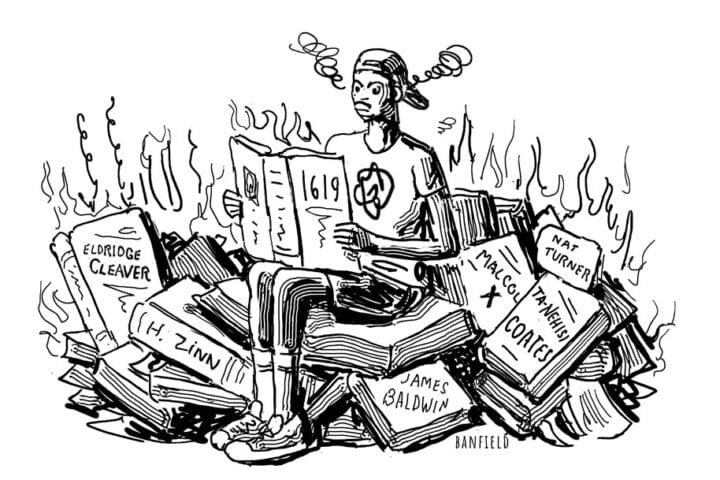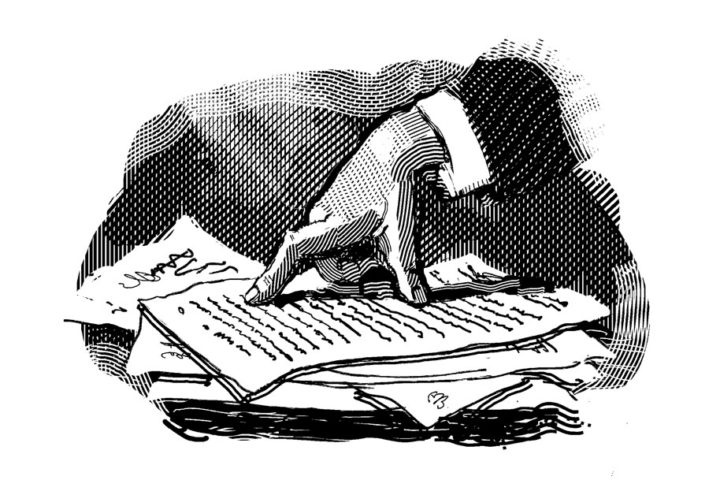Books Reviewed
Along with Franklin Roosevelt,” writes William Inboden in his new biography, “Ronald Reagan was one of the two most consequential presidents of the twentieth century.” An accomplished historian at the University of Texas at Austin, Inboden examines in The Peacemaker: Ronald Reagan, the Cold War, and the World on the Brink the sweep of events that enveloped the 1980s, concluding that, “just as Roosevelt rightly is regarded as the architect of American strategy in World War II, Reagan oversaw the American strategy for the successful end of the Cold War. He brought the Soviet Union to the brink of a negotiated surrender.”
That expression—“negotiated surrender”—is apt. Reagan armed with the intent to negotiate. As he told Pope John Paul II’s representative in December 1981: “[We] could threaten the Soviets with our ability to outbuild them, which the Soviets knew we could do if we chose. Once we had established this, we could invite the Soviets to join us in lowering the level of weapons on both sides.”
Reagan also armed to defeat the Soviet Union, not just to contain it. His goal for the United States, as he told his future national security adviser Richard Allen in 1977, was simple: “We win, they lose.” But winning required neither a crushing military victory nor a preening triumphalism. Reagan wanted to defeat an idea, not a country. The Soviet Union surrendered because its system was broken. Reagan saw the USSR’s crackup coming and refused to help hold the country together. He instead offered outcomes that benefited both superpowers—more open societies, arms reductions to curb excessive defense spending, and a booming global economy to ignite widening prosperity. Reagan sought a “negotiated” rather than an “unconditional” surrender.
***
Skeptics often attribute the end of the Cold War to favorable structural forces, which they say were emerging before Reagan became president. After a dangerous military buildup, they argue, Reagan recognized these forces and “reversed course” in 1984 to embrace arms control and détente.
Inboden flatly rejects this thesis, finding instead that Reagan outlined his plan in handwritten notes as early as 1963:
If we truly believe that our way of life is best, aren’t the Russians more likely to recognize that fact and modify their stand if we let their economy come unhinged so that the contrast is apparent? …In an all-out race our system is stronger, and eventually the enemy gives up the race as a hopeless cause. Then a noble nation believing in peace extends the hand of friendship and says there is room in the world for both of us.
Here was the dual-track strategy of unrelenting pressure and negotiating outreach that Reagan implemented some 20 years later. The “arm to negotiate” strategy was evident early on. At a National Security Council meeting in April 1982, Reagan said: “A vigorous defense buildup will also be a great help at arms control talks. The Soviets do not believe they can keep up with us.”
The president was helped by the fact that Mikhail Gorbachev came along—his previous negotiating partners kept dying on him, he quipped. But Gorbachev was not the white knight who saved the day. As Inboden recounts, Reagan nudged structural forces to help bring Gorbachev to power and to the bargaining table.
Reagan’s Soviet strategy, codified in NSDD-75 in January 1983, sought “to promote, within the narrow limits available to us, the process of change in the Soviet Union toward a more pluralistic political and economic system.” Inboden argues that it was
designed not only to exploit [Soviet] weaknesses, but to produce a reformist leader.… Each preceding US president had sought in different ways to contain Soviet expansion from without. None until Reagan had sought to erode the Kremlin from within.
This was prudent regime change, and it was totally new. When Poland’s Communist government imposed martial law in December 1981, Reagan wrote the allies: “This may well be a watershed moment in the political history of mankind—a challenge to tyranny from within.”
***
Inboden doesn’t ignore Gorbachev’s contribution to the Cold War’s end but recognizes that he contributed mostly by what he did not do: use force to save the Soviet empire and the Soviet Union itself. What he did do—his attempts to reform Communism—failed. Reagan, by contrast, contributed mostly by what he did do, turning around the U.S. and world economies and sparking a global renaissance of free countries and markets.
Reagan linked force and diplomacy across his first and second terms. “He would first use the American buildup,” explains Inboden, “as part of his multipronged pressure to weaken the Kremlin. Once the Soviet system began to crack and produce a reformer, Reagan would have a negotiating partner to join in reducing and then eliminating nuclear weapons.”
How could the United States both win the Cold War and eliminate nuclear weapons? Inboden points to Reagan’s enthusiasm for the Strategic Defense Initiative: “SDI was the apotheosis of the Reagan defense buildup.” It was not a political gimmick or diplomatic bargaining chip but a military gateway to a more humane strategy of deterrence based on defending millions of lives rather than destroying them. And it was truly Reagan’s initiative. No cabinet officers supported it initially. In his inimitable way, the president captured this complex idea in simple terms: “Wouldn’t it be better to save lives than to avenge them?”
***
There were—and remain—unresolved issues with SDI. Was it technologically feasible? Could it be shared? How would you verify offensive missile reductions? What if nations opted out?
Inboden leaves these and other questions to further research. There is still much to learn, for example, about the Reagan economic revolution. Without the American and global economic revival, there would have been no Cold War victory.
William Inboden’s contribution in The Peacemaker will be influential for years to come. Inboden writes felicitously with a gift for storytelling in an account peppered with succinct summaries and wise judgments. And he holds Reagan accountable for the good and the bad, including human rights violations in Latin America and the Iran-Contra affair. But his scholarship forces future biographers to draw their conclusions from the voluminous declassified files of the Reagan presidency that constitute the real “Reagan Record,” not from the tiresome bromides of Reagan, the scripted movie actor. They will find that Ronald Reagan—not his staff or world events—was writing the script.




